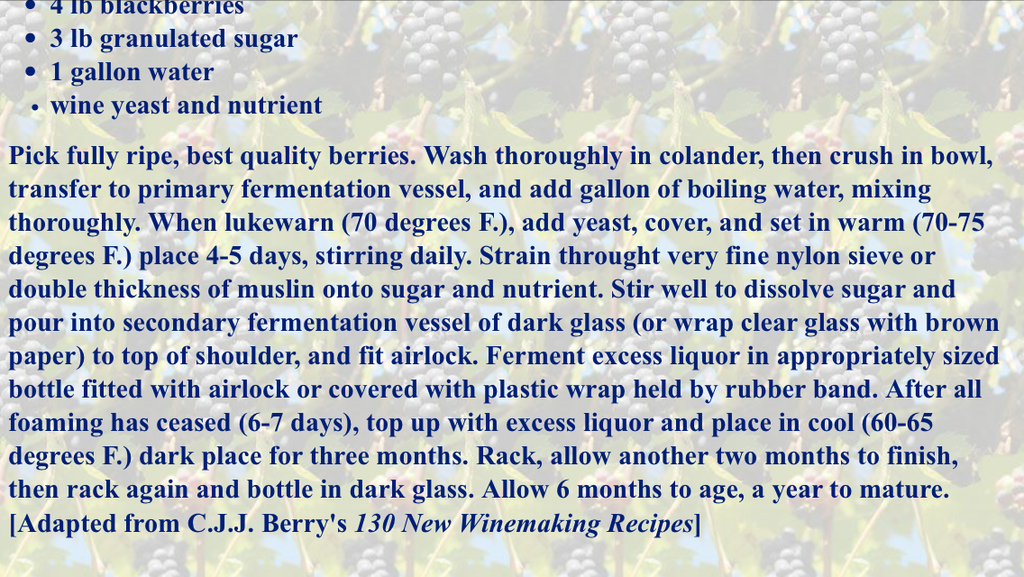Basically if you are using roar fruit or vegetable, a lot of recipies stipulate campden tablets, or similar, these are added to kill living organisms (ie) wild yeasts and wild organisms, the active ingredient, from the tablet, evaporates off over the next 24 hours or so, by which time you can add the yeast in the knowledge that most wild organisms are already dead, hence allowing the yeast to populate the must un hindered and without risk of opportunistic organisms.
I don't think there is any need to add the sugar afterwards, especially if it has been heated to aid dissolving, in which case you just allow the sugar to cool down a bit. You may be reading the hand me downs of a very old recipie there from the year dot, which might actually be a very interesting recipie as it sounds like it might be very old.
Could you please show us an example of some of these recipies, im very intrigued as I suspect they are vintage.
@garymc some old style uk country wine recipies call for 3lbs sugar per gallon, ive read a few, im guessing they are intended as a dessert wine, kind of flavour and some old time uk writers I suspect have over emphasised the need for sugar in their recipies, I am in possetion of some classic uk home brew books which stipulate large amounts but they date from a time before accurate sugar calculations where widely available and basically they where the fore runners of modern home brewing, competing with commercial breweries, who didn't exactly want the public to know, so the information might be slightly flawed, which is understandable.












![[Upgraded] 9Pcs Tree Root Growing Box with Drain Holes, Half Transparent Plant Rooting Propagation Ball & Metal Core Twist Ties, for Fast Propagation Plants (Size M)](https://m.media-amazon.com/images/I/514MWQxtWOL._SL500_.jpg)









































